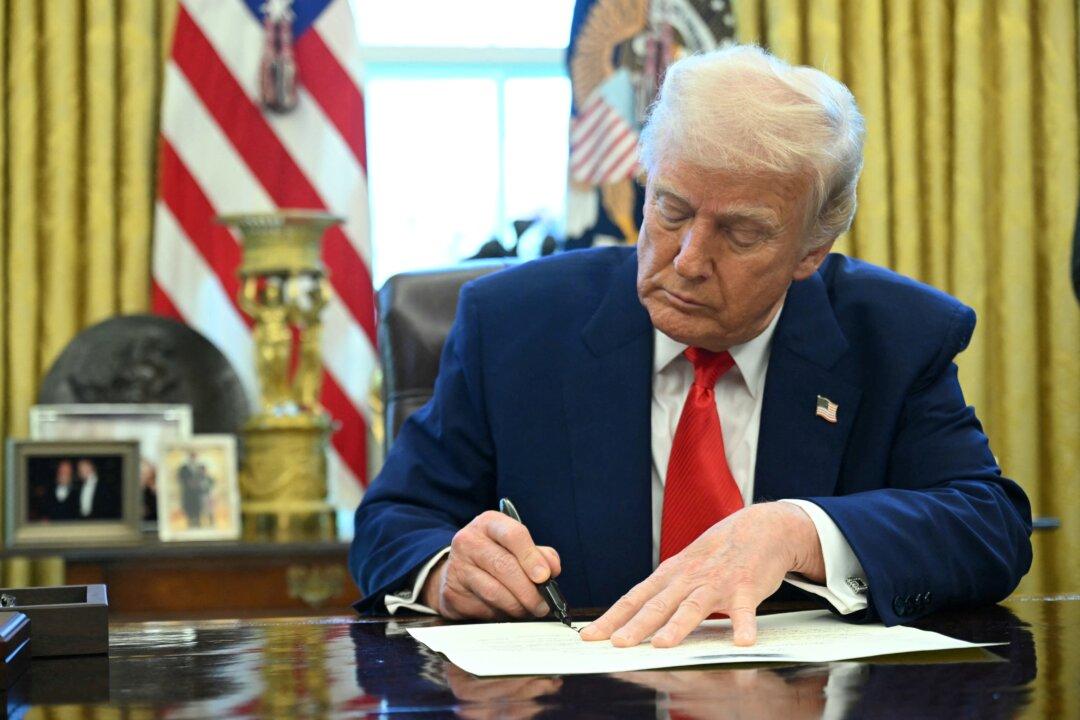The United States military will be focusing on the upgrade and expansion of military bases in Guam and Australia to counter China’s military build-up in the Indo–Pacific region, the Pentagon said, following a review of U.S. troops and weapons around the world released on Nov. 29.
The Pentagon’s global defense review also called for the reinforcement of deploying new rotational fighter and bomber aircraft in Australia, indicating that new B2 stealth bombers and F-22 and F-35 fighter jets could be deployed in the near future.
According to the review, the changes are necessary “to deter potential Chinese military aggression and threats from North Korea.”
“In Australia, you‘ll see new rotational fighter and bomber aircraft deployments, you’ll see ground forces training and increased logistics cooperation,” Mara Karlin, deputy under secretary for policy at the U.S. Department of Defense said, according to the Australian Broadcasting Corporation.
“More broadly across the Indo–Pacific, you'll see a range of infrastructure improvements in Guam, the Commonwealth of the Northern Mariana Islands, and Australia,” Karlin added.
Karlin said the Indo–Pacific region was marked as the focal point for the U.S. military in the review, in which it “directs additional cooperation with allies and partners across the region that contribute to deter potential military aggression from China and threats from North Korea.”
The review was commissioned by President Joe Biden’s administration in February, and while it provided some details of the future of the military’s global posture, the review was largely classified.
The U.S. military base upgrades and expansion are expected to kick off next year, including airfields that would aid the Defense Department to move troops more quickly in the event of a conflict. However, the review did not include any major changes in the distribution of troops to confront Beijing or tackle any other challenges around the world.
Karlin said the review also did not look at whether the military could fight two major conflicts at the same time or at the space, cyber, or nuclear domains.
The Pentagon’s global defense review follows the formation of AUKUS, a new defense pact between the United States, the United Kingdom, and Australia, which will see Australia build a nuclear-powered fleet for the first time.
The three nations will be able to share information in areas including artificial intelligence, among others, under the new security pact in what was seen as a bid to counter China’s regional influence.





